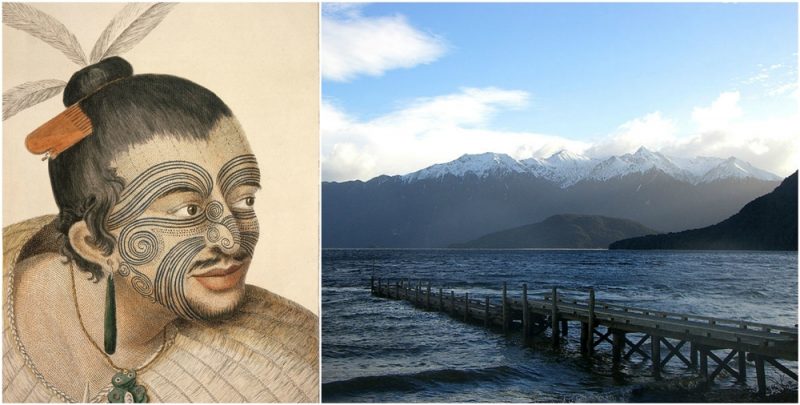The mountain valley of the Fiord-land National Park hides the deepest and the most beautiful lake in New Zealand, called Hauroko. The name ‘Hauroko’ means ‘sounding wind’ and has Maori origins.
Nestled between the similarly-sized lakes, Monowai and Poteriteri, the long S-shaped Lake is approximately 1,516 feet deep and 30 km long.
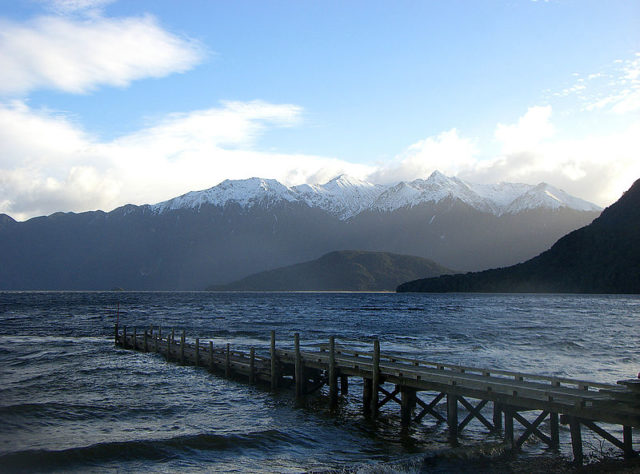

The lovely crystal-clear lake has only one island, called the Mary Island, which is related to many creepy myths and legends. One of those legends is linked to a Maori woman buried on the island, known as ‘the lady of the lake.’ Discovering her burial in one of the island’s caves, back in 1967, has made the island attractive for archaeologists and tourists since.
It’s believed that she was buried sometime between the 16th and 17th century, possibly around 1660. Her burial attracted archaeologists’ attention because she was laid to rest, wearing flax cloak with a dog skin collar and a feather around her neck, seated upright on a bier made of sticks and leaves.
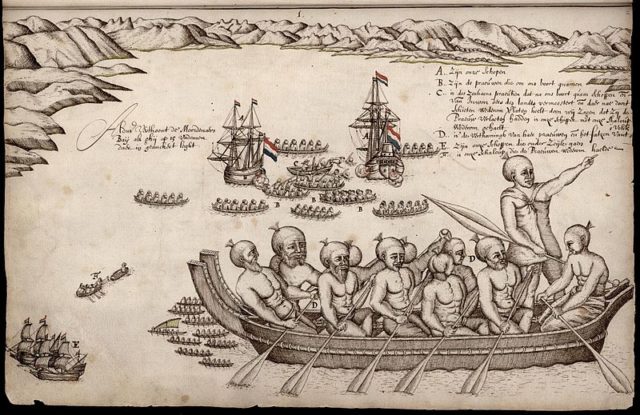
Although the reasons of the burial in this manner were uncertain, it’s assumed that Maori people performed them either to make sure that the remains were protected from desecration by the enemies or to protect the living descendants from a dangerous taboo.
Apparently, they believed that the ancestral bones were possessed and performed these post-death rituals as a self-protection of a possible possession. These assumptions lead to the belief that the buried lady was a Maori female of high-ranking status. After an archaeological investigation, it was proven that she was a chieftainess of the Ngati Moi Moi tribe.
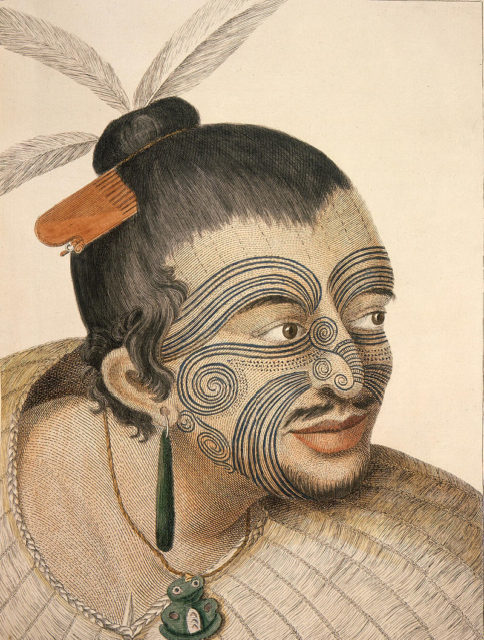
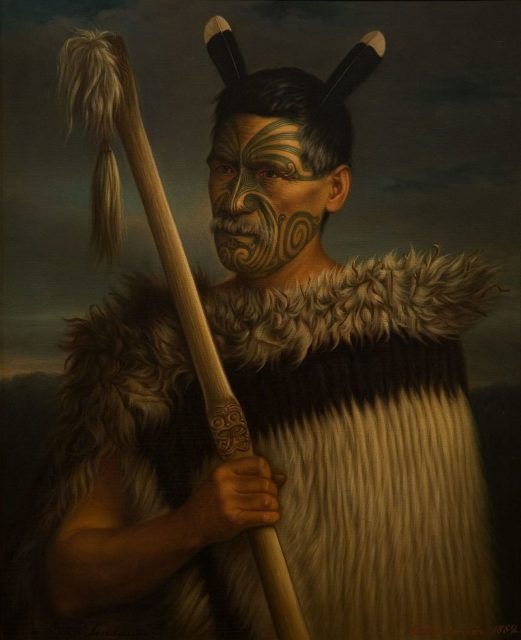
Her unusual burial and the story behind it made the island an attractive destination for tourists, even if local Maori dismiss this kind of stories.
Read another story from us: The chilling legend of the Jersey Devil
Some people visit this place to enjoy the mountain valley of the park and the lovely scenic lake, while others try to find out more about the lake’s history and see the burial of ‘the lady of the lake.’ Although the burial is of open access, it’s still protected by a grille made of steel and wire mesh, so the woman remains untouched.
